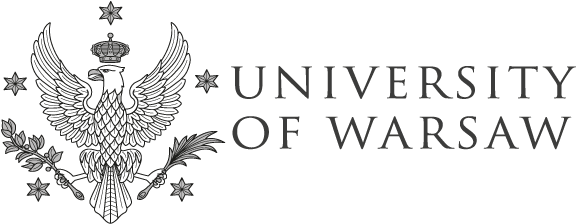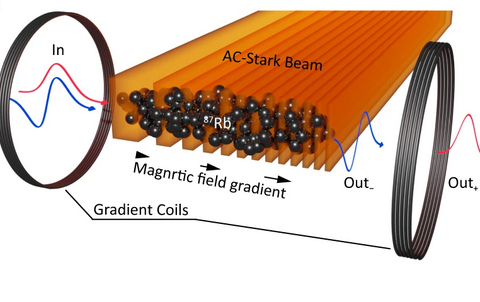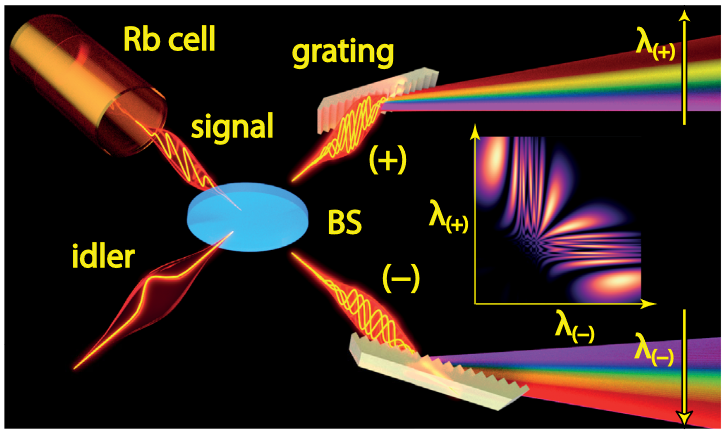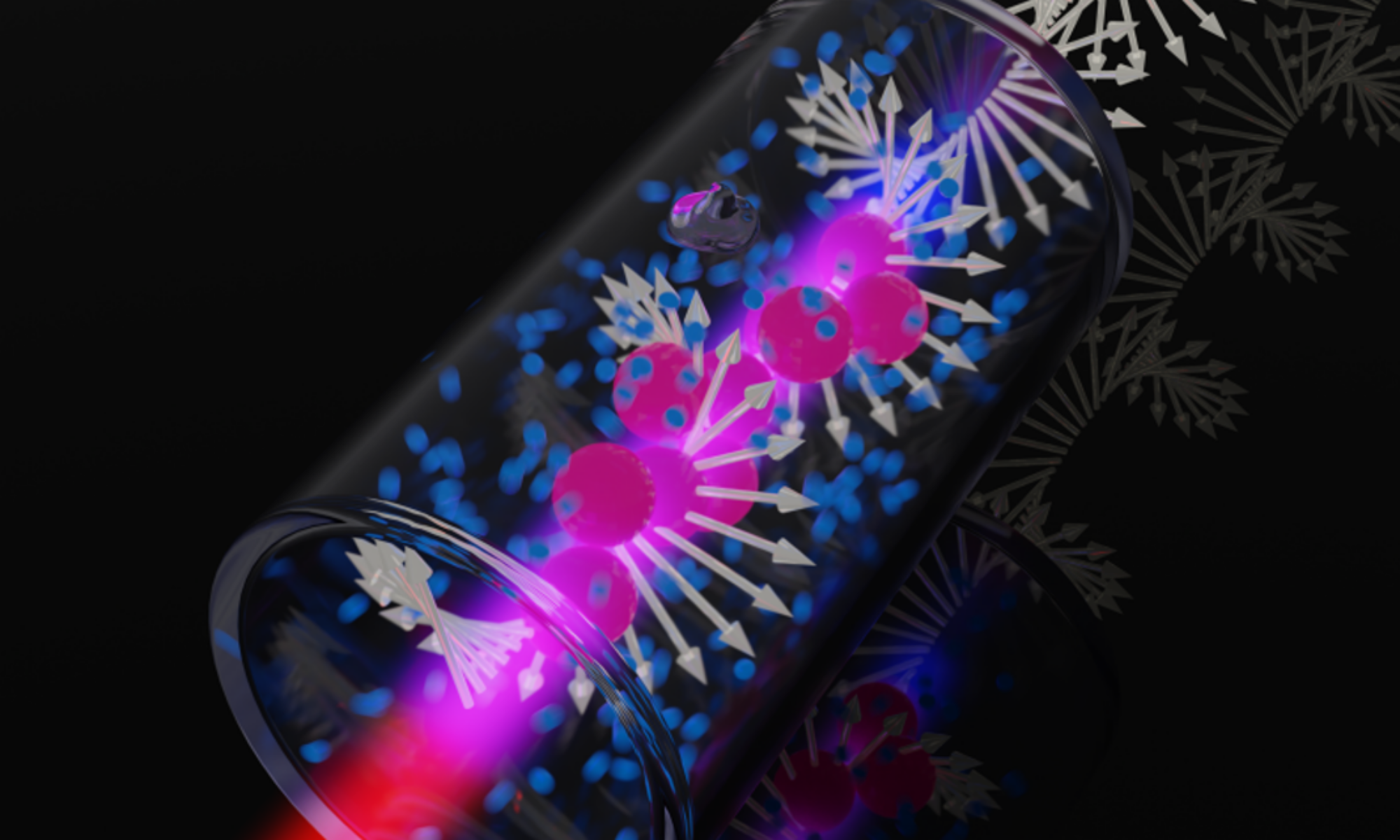



The QOD Lab at the Faculty of Physics - University of Warsaw and QOT Centre for Quantum Optical Technologies (hosted by Centre of New Technologies - University of Warsaw) led by Michał Parniak studies the fundamentals and applications of optical devices operating in the quantum regime. Our focus is on imaging systems, where we use quantum information theory to improve classical imaging systems and work to develop new imaging methods that exploit the full quantum information present in the optical field. We are also studying quantum nonlinear processes in atomic media to implement quantum image processing at the level of single photons. To this end, we seek to exploit giant Rydberg atoms that can mediate interactions between photons. Finally, we also use atomic media to explore imaging in the time and frequency domain, both in the ultranarrowband and ultrafast regimes. Applications of such atomic systems range from communication, where they can operate as transmitter or receiver, to quantum sensing
Research Highlights
Microwave-to-optical transduction at room temperature.

Nature Photonics 18, 32-38 (2023)
We used Rydberg atoms in a hot-vapor cell to convert microwaves into light via a six-wave mixing process. Thanks to a unique scheme, we achieve good efficiency, large bandwidth, and no detectable intrinsic noise. That allowed us to detect upconverted thermal radiation (corresponding to only roughly 1.5 nV/cm/(rad/s)1/2 with photon counting), and observe its photon-counting correlations and two-photon interference between thermal radiation and a coherent microwave. Those feats will enable to photonic-microwave interfaces to operate in convenient room-temperature conditions, with applications from fundamental science to technology.
Spectral superresolution in a quantum memory.

Nature Communications 13, 691 (2022)
We demonstrated a super-resolved spectrometer using quantum-optical signal processing via the quantum memory setup. In the experiment, we store light, process it to extract a projection on the Gauss-Hermitte temporal mode, and then perform an optimized measurement, getting a super-resolving factor of >20 with ~20 kHz overall spectral resolution!
See also: podcast (in Polish) about the experiment: https://www.youtube.com/watch?v=tv-8LMaogFA
Spectral hologram of a single photon

Physical Review Letters 127, 163601 (2021)
To see how atoms interact with ultrashort pulses, we used Hong-Ou-Mandel interference, in a new type of quantum spectroscopy.
See link for other research highlights of the group leader from PhD and postdoc.
